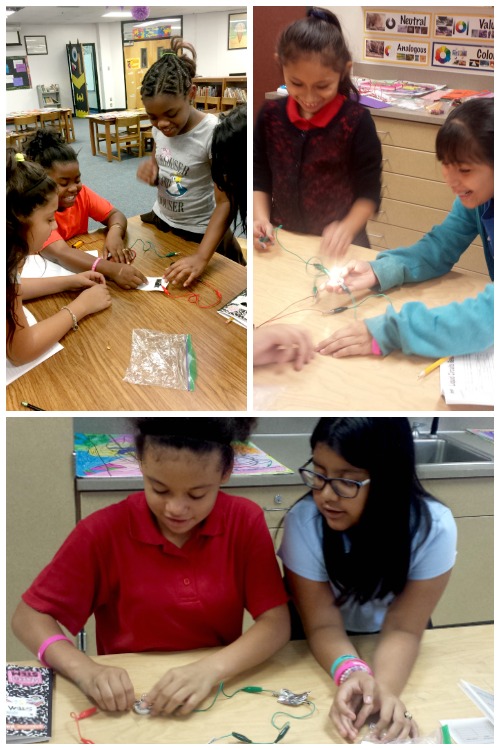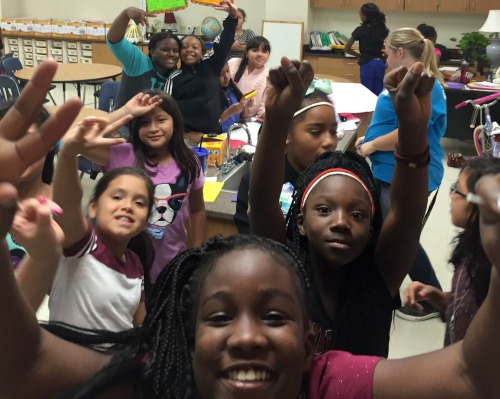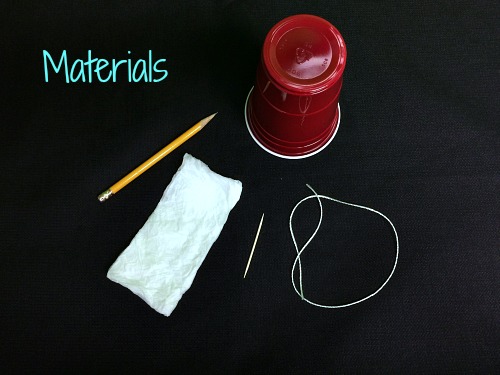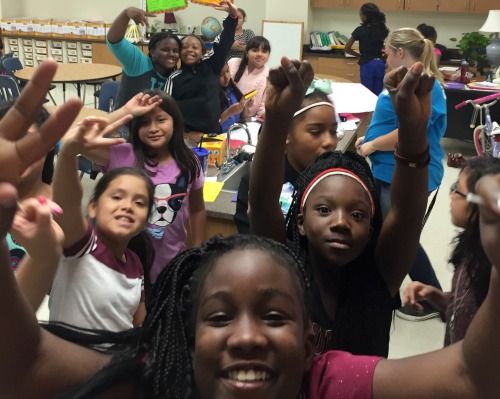Traveling with Mechanical Energy
Start your engines, we’re bringing you up to speed on all things Girlstart To-Go! This week, students reviewed concepts such as energy, work, and simple machines – all of which are important in the Mechanical Engineer career. After reviewing their vocabulary, girls were off and away designing wind-up cardboard cars!
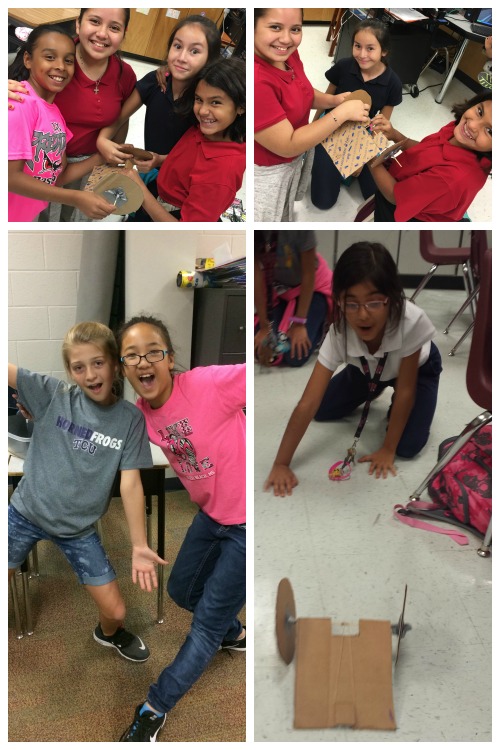
Each table was given materials to build a cardboard car, powered by the mechanical energy from a wound-up rubber band. After designing their prototypes, girls tested them for speed, distance, and direction. Some cars went super fast, others rolled along at a slow and steady pace. A few cars went in a straight line while others veered off the tracks.

Girls examined their designs and adjusted their cars to help them roll quickly and in a straight line. Finally, everyone raced their cars to see who would win!


